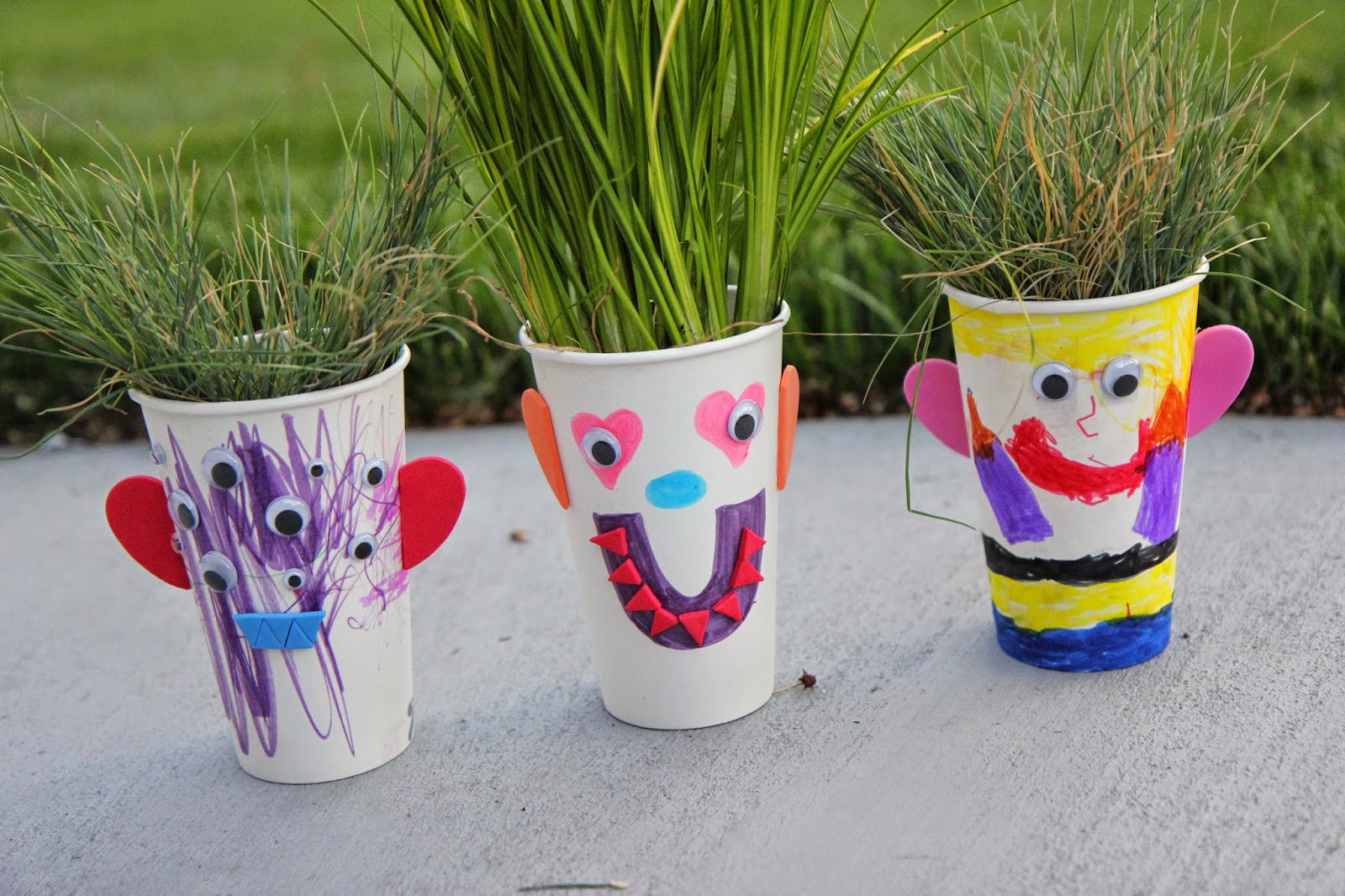
Why save seeds? Gardeners tend to be a thrifty lot who like to share, and saving seeds from one year to another just makes sense. But there are three good reasons to learn how and start your own collection:
1. Saving seeds means that you’ll always have seeds of a favourite variety.( Just because you’ve been able to by the seed or the plant in the past doesn’t mean it will always be available.) 2. Saving seeds saves us money. Why spend good money on something you can get for free! 3. Savings seeds means you can swap your seeds with friends. At least half the vegetable varieties being grown today are only around because a home gardener kept some seed.
MATERIALS
- Sharp knife
- Chopping board
- Buckets, jars
- Sieve
- Paper towels
- Paper bags
- Marker pen
- Spoon or some type of scoop
- Scissors
INSTRUCTIONS
There are different was to save different types of seed. Some seeds are very easy to collect. When you are collecting seeds from pods (beans, peas, sweet peas etc) let them dry until brown on the plant. I like to put them in a big bucket and then open the pods in the bucket so I don’t loose any. You can then just bag them straight up!
If you are collecting flower seeds you need to wait until the petals fall off and the flower head turns brown. Then you can snip the flower heard off and shake or rub the seeds into the paper bags.
These instruction below are best for collecting tomatoes, pumpkins, cucumbers, capsicum, chili, melon etc.
1. Cut open the vegetable you want to save seed from.
2. Scoop out the seeds and wash in a bucket of water to remove any bits of the vegetable.
3. Use the sieve to drain away the water.
4. Carefully take the seeds out and spread them individually on a sheet of paper towel. Leave this to dry somewhere warm. An airing cupboard or sunny windowsill is great.
5. Once dry, gently fold the seeds into the paper towel and place in a paper bag. Label the paper bag with the name of the seed and the date
